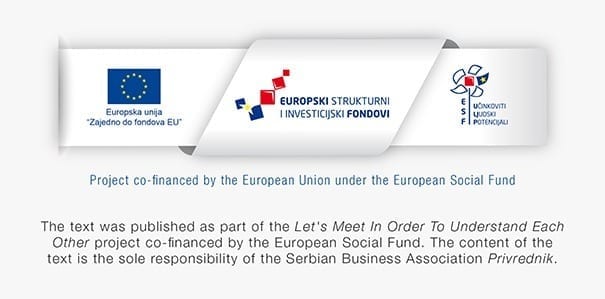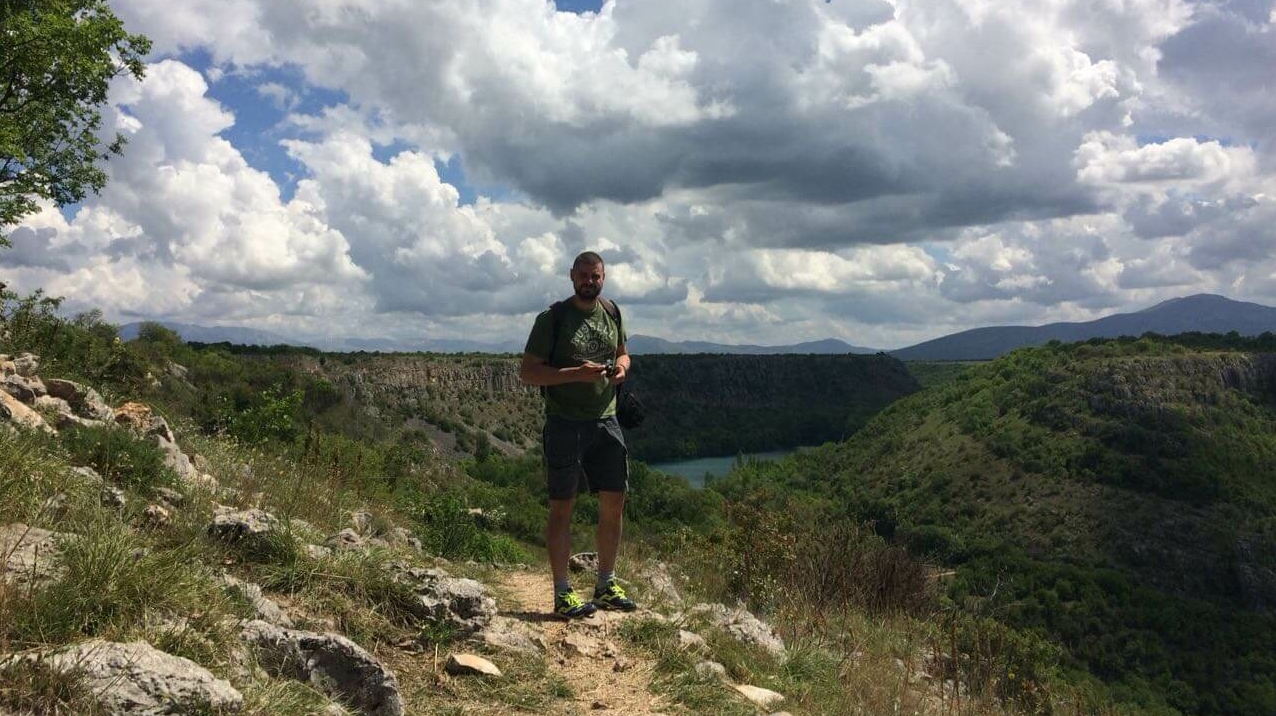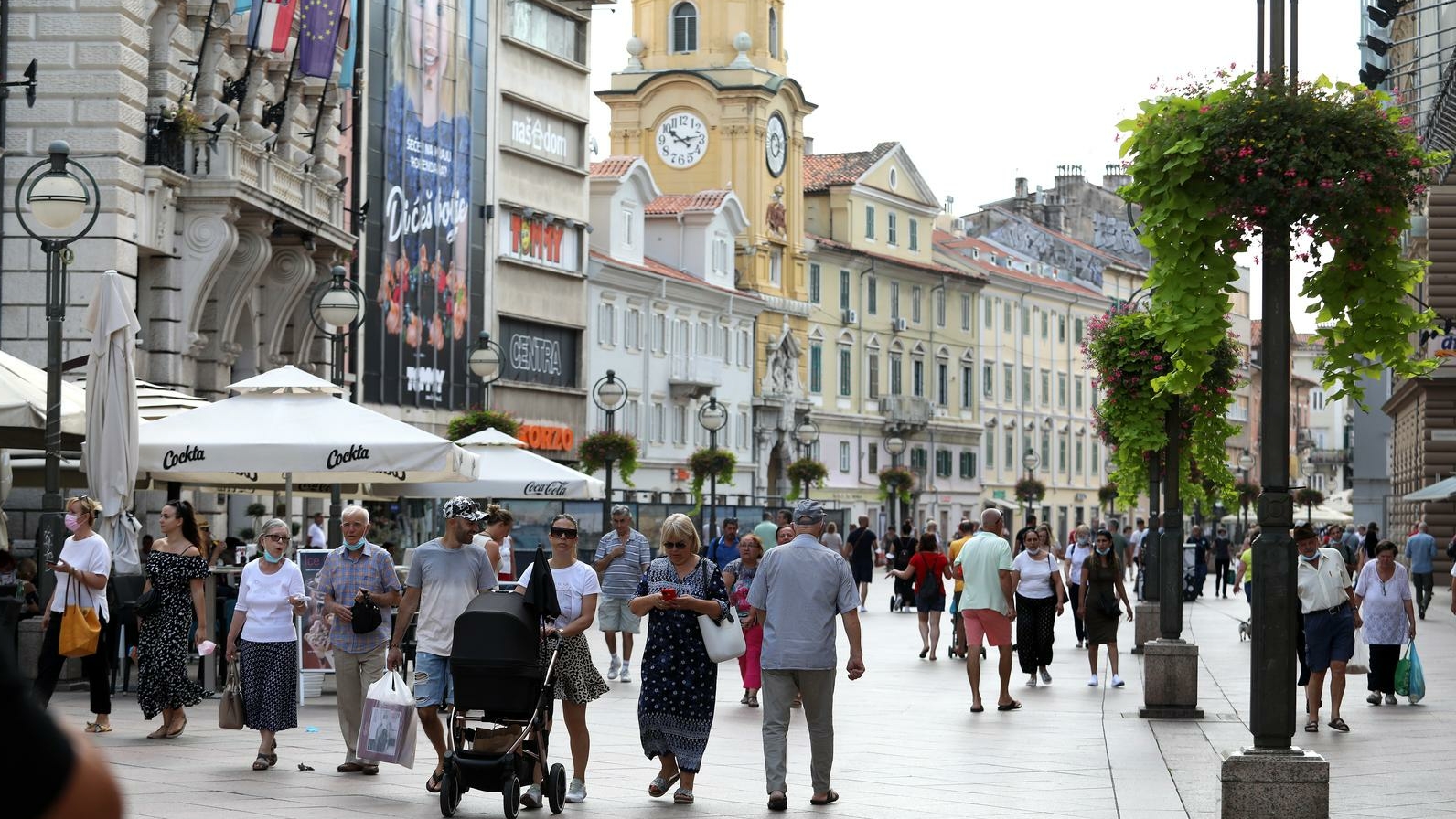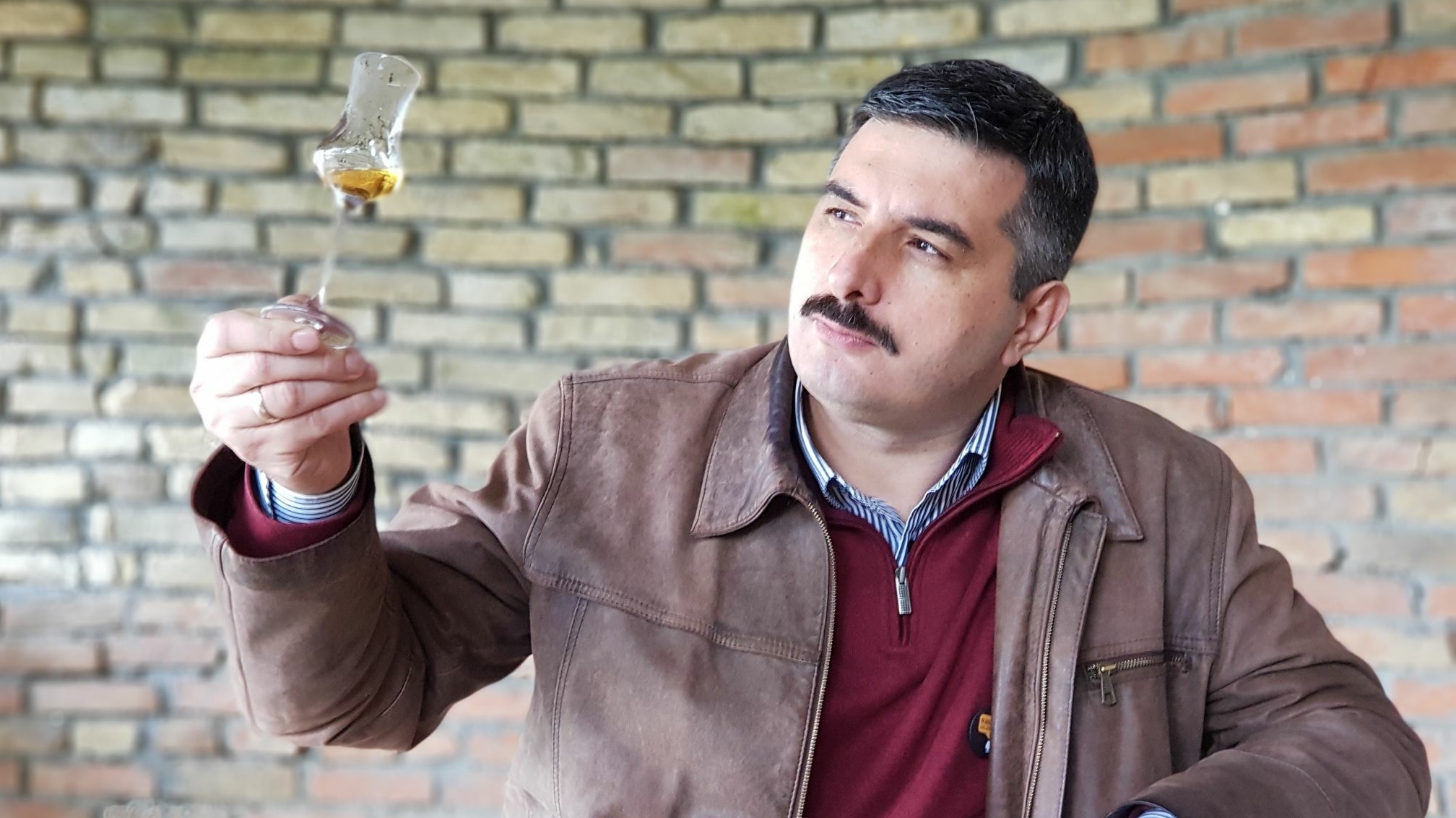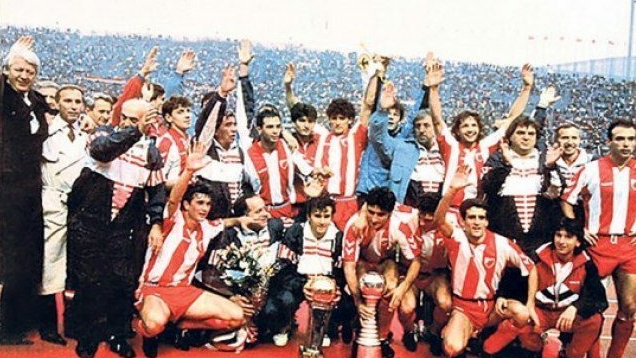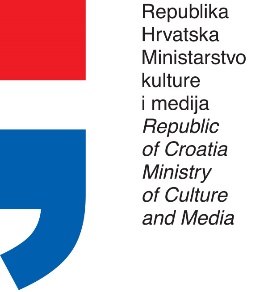When, after 13 long years, he went back to his birthplace again for the first time, Milorad Tomasović did not find the place he had visited so many times in his dreams and that he had fantasized about while he was away. Everything about this place was different from the one he was forced to leave with his parents as a ten-year-old boy. Smrdelje near Kistanje lost many people from 1995 to 2008, when he returned for the first time, and spruce and vegetation swallowed up many well-known places where he spent carefree hours playing as a boy. As a formed young man, Milorad came to visit his home in 2008 and, just like many of us who want to tear some beautiful moments and landscapes from oblivion with a picture, he recorded what he saw with his phone. And that’s how it all started. Milorad today has thousands of followers and millions of video views on his YouTube channel “Born in Dalmatia”. In those videos, he portrays, in pictures and words, the natural beauties of his region, the daily life of the few remaining people, details, and impressions. So that, as he says, the memory of the origin and heritage would not fade.
For his soul’s sake
It turned out that for him love was not only the main spice, but also the basic ingredient for successfully pursuing this hobby. Primarily his love for the homeland. That is how what he first recorded with a camera for his soul’s sake grew into a much more serious pursuit of video production, but now also for an audience of thousands of followers on social networks.
“At first I shot beautiful nature and then I gradually expanded the themes. Dalmatia is full of historical landmarks, with many unexplored areas. People constantly found all kinds of things in the village, but they paid no attention. The population was ignorant, they worked and wanted to survive”, says Milorad, who did not expect that many viewers at the beginning. And today, more and more people are contacting him via messages and comments. For many of them, this is the only way to see from afar at least the deserted walls of their houses and the familiar alleys they passed so many times when they were young.
Nowadays, Milorad is trying to shoot as much as possible. He has learned assembly techniques and invested a little in equipment. He also tries to record as many stories and scenes as possible. He is doing this both for himself and for all those who impatiently await each new video, but also as a debt of gratitude to his origin and roots, his homeland. “Saving all of that from oblivion is precious”, says Milorad.
“Ostrovica was inspiring to me. It’s my grandmother’s village and that’s why it’s important to me. Ravni Kotari, Bukovica, Civljane, the Temple of Holy Ascension of Our Lord – we visited the source of the river Cetina, Polača, Biskupija, Uzdolje… My favorite thing is meeting local residents, talking to them, and them sharing their experiences with us. It’s not all about filming, of course, we also talk when the camera is off”, Milorad tells us what he has been filming and touring lately.
What happens behind the camera is often even more interesting. Not every moment can be captured with a camera, and it is even more difficult to portray such moments. Of course, there are numerous challenges and difficulties. Some people do not want to expose themselves publicly in this way. Moreover, some harsh areas are not suitable for camera and are hard to film.
“Brgud was difficult to film, because we didn’t meet many people. A vast expanse, Bukovica, karst and stone – I don’t really know that area. Everything is neglected, there are no people, there is no asphalt, no roads. It was interesting for me, but it was difficult to record. Many people watched that video. Vrbnik near Knin also had a lot of views. I visited many villages for the first time when I was filming them, and there are many more that I haven’t visited yet, that are not even close to me. I would like to visit them all”, says Milorad.
How people used to live
“Before, we didn’t visit the surrounding areas much; we didn’t even go to the sea. People bathed in sweat, at least those who lived in the countryside,” recalls Milorad. He cares about saving everything he can from oblivion.
“My family came from this place. My great-grandfather had four sons and a daughter. Each of his sons built their own house with their wives, near, just across the road. Only one grandfather lived in Zagreb and worked at the Wheat Institute. The rest did not go to school; they were engaged in agriculture. There is one picture with all the brothers and their wives. Only one of the wives, the one from Zagreb, has a hairstyle, and the others are wearing headscarves”, Milorad explains to us this “picturesque” difference in the way of life and clothing at that time.
“Now we are scattered all over the world. People were constantly leaving Dalmatia for economic reasons and went to Vojvodina, and further, to the whole world. From the village of Ostrovice, which is my grandmother’s birthplace, two brothers moved to Erdevik after the Second World War and established estates there. There were many similar cases – Erdevik, Riđica, Stanišići… Later on, they accepted us when we escaped in 1995 and helped us a lot.”
After the last war, these areas remained largely abandoned and neglected.
“Nowadays, the villages have preserved that spirit. When you enter the village, you can feel what you could never feel in big cities. When you step in there and talk to the people, you feel the warmth. There is a rush in cities, and it is more easy-going in villages – there are less crowds, people are happy when someone visits, especially young people. They will stop, talk to you and host you”, Milorad testifies to his experiences and impressions.
Mix of joy and sadness
Milorad picked up his first knowledge of the world in Smrdelje. He took his first steps there, spoke his first words, learned to read and write and to enjoy life. That place, as an indispensable part of his identity, formed him and pulled him back to it when he grew up. The childhood images have not faded even after everything else he has experienced.
“I remember vineyards, sheep and people playing boules. I remember people working, being on the move non-stop, with cattle, sheep, or with tractors going to the fields. I remember women with headscarves and men with caps. In villages, we all lived with our families – I lived with my grandmother, grandfather, uncle, mother, sister and aunt. I didn’t miss anything. Life was normal. I have fond memories of that part of my childhood. I also remember food. Maybe because when we came to Vojvodina, the food was full of various additives, and back home it was simpler. That’s why people were healthy, tough, and slim. I remember hanging out with the kids in the neighbourhood. I also used to play in the sand by myself for a long time. Later, when I grew a bit older, I wondered if I would ever stop playing. Today, I pour that imagination, which is still with me, into my videos.”
“We did not feel a crisis at any moment, because people living in the countryside do not feel that they lack anything. They have almost everything they need and they do not depend on the system. Those people were able to survive throughout history because they were used to it. That’s why even when we escaped, many people managed well because they came from very difficult conditions – they got the best out of the stone and karst. A lot of effort had to be made to get the best out of the land, which is not so fertile, and clear it of stone. And that was passed down through the centuries,” Milorad tells us.
Milorad clearly remembers the moment he came home after 13 long years.
“I came with my cousin, who is originally from Varivode, and today lives in Batajnica. We came just in time for St. Elijah, on the day of its celebration in Varivode. My cousin said: ‘Now let’s have lunch, drink something and talk, it’s St. Elijah’. ‘Lunch? I haven’t been home in 13 years! I’m going home, I don’t feel anything, not even hunger, nothing, I just have to go home, even if I have to go on foot.’ God knows how many times I have visited my homeland in my dreams until 2008. I didn’t find anyone at home, my uncle and grandmother went somewhere, I guess they were at someone’s party. I could not enter the house, so I waited for them in the yard. It was hot, August 2. The memories started to come back. You were small, everything seemed big in your eyes. I remember where I played as a child, every detail, every corner had its own story. That moment was the most memorable for me, a mix of joy and sadness. Maybe it was supposed to be that way – no one home, me alone and absorbing everything. It used to be teeming with life, there were a lot of people who worked, visited each other, and were loud. And now it’s empty, there’s no one. Behind the house, where you could once enjoy the view into the distance, now there’s spruce and vegetation, with no goats or sheep. There are no people.”
Since then, he’s regularly visited Smrdelje, every year, and afterwards even more often.
“We should give recognition to the people who live there. When my grandparents went to renovate the house, they stayed for several months. They would have stayed longer if the conditions had not been difficult, Even now I don’t know how they managed to sleep at all. It’s easy to blend in with the homeland, I do it too when I visit. So it’s strange and difficult for me when I go back. And I start wondering where I belong.“
Decreasing number of young people
Today, Milorad travels to his hometown more and more often, as regularly as his work and obligations allow him. His wife Sanja is his companion on that journey as well. She also helps him with video recording. And every time, both of them easily and naturally blend in with the people they meet.
“I feel how they are feeling and I see that they are more relieved than those of us who live in larger towns or cities. They have more time; they are hospitable and more willing to talk.”
We asked him what the hardest thing for people in those harsh regions was, most of them were elderly, they certainly missed many things, and Milorad said that they complained the most about loneliness. “Nice air, nature, it’s calm, but there are no people. A lot of people complained about this. They miss company. When the summer is over and everything is deserted, the winters are the hardest.”
“There were many more young people until a few years ago. In nearby Đevrske, there were as many as three cafes where young and old people of all generations gathered. Then there were two cafes, and ultimately only one. Most of young people left in the previous 6–7 years. It really crushed those areas. It was as if several buses came and picked up all those young people from villages in Dalmatia and took them to Germany, Canada, Ireland… They all followed one another as if a magic flute player was leading them – and they all left.”
While visiting villages with an Orthodox population, villages that were left without the major part of their population, he noticed that Orthodox priests were what kept the life moving in those places. Their presence is a reliable indicator that the village is not deserted, that there is still life in it and people who pray to God.
“There are a lot of young priests who are trying to bring people to the Church and religion. They have been people’s leaders throughout history. The force is with them. I’m glad when I see progress; it seems that they are holding the strings of those remaining people in villages.”
All roads lead to Dalmatia
Recently, Milorad has been filming in Belgrade and in some other locations, but the topics of all his videos are always related to the homeland. He asks passers-by whether they know where the Krka monastery is, he asks them about certain local expressions specific to Dalmatia… Through surveys and other forms he tries to arouse interest in these regions.
“It turns out that people don’t really know that much. I didn’t expect such answers, I thought they knew a little bit more. It is also a matter of general education, knowing where all Serbian Orthodox shrines are located, how far we reach. I’m sorry this is the case. It would be great if pilgrimages were organized, bus tours. Not only to those three most famous monasteries: Krka, Krupa, Dragović – there are also Oćestovo, the Lazarica monastery etc. Many churches are several centuries old. They are at the same distance as Ostrog”, notes Milorad.
“It is important that parents convey this to their children, that they take them there. We should make an effort to learn about history, because without history, language, culture – what are we?” asks Milorad rhetorically. At the end of the conversation we asked him what he learned from all the people he’d met during the filming and what he would remember them for.
“I’ve known that before, but every time I go, I see it again – modesty and simplicity. The more material things someone collects, the more they are attached to the earth, and the further they are from heaven. They are modest, not demanding. I guess their kindness is not threatened by today’s rush to acquire material things. Sometimes when I go there, I feel like I’m in another time.”
Translation from Croatian: Ivana Bojkić
